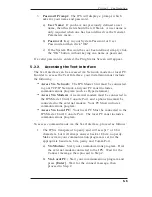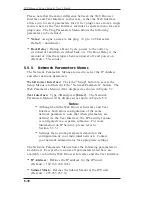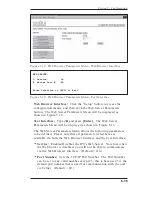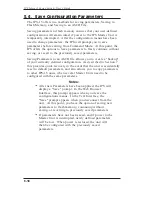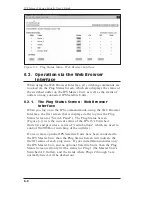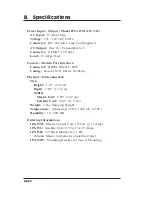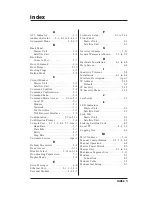
6. Operation
As discussed in Section 5, "Configuration", the IPS-15 offers two
separate command interfaces; the Web Browser Interface and the
Text Interface. Note that Both interfaces offer essentially the same
command options and features, and that parameters defined via the
Web Interface will also apply when communicating via the Text
Interface (and vice versa.)
6.1.
Plug Numbers and Plug Zones
As described in Section 4.5, the IPS-15 Master Unit can be
connected to up to 16 optional IPS Satellite Units. This allows the
IPS Master Unit to expand to meet the needs of your power control
application when additional switching requirements are added to
your installation.
In order to allow the IPS to direct On / Off / Boot commands to
specific groups of satellite units, the switched outlet on each
satellite unit is assigned to one of four possible Plug Numbers or
"Zones." Zones are determined by the setting of the Address
Selector Switch on each individual satellite unit. For example, all
satellite units that have their Address Selector Switch set to "2" are
defined as "Plug 2" or "Zone 2", all satellite units that have their
Address Selector Switch set to "3" are defined as "Plug 3" or
"Zone 3", and etc..
By grouping satellite units into Zones, the user is able to direct
switching commands to all satellites that share the same address. If
your application does not include optional satellite units, then
switching commands should always be directed to Plug 1 or Zone 1
(the Switched AC Outlet on the IPS Master Unit.)
Note that the IPS-15 will only detect IPS Satellite Units that were
connected at the time that the master unit was last powered up.
Satellite units that were connected after the master unit is powered
up, will not be detected until the master unit has been powered Off,
and back On again.
6-1
Summary of Contents for IPS-15
Page 1: ...WTI Part No 13301 Rev B IPS 15 Internet Power Switch User s Guide ...
Page 2: ......
Page 55: ......

